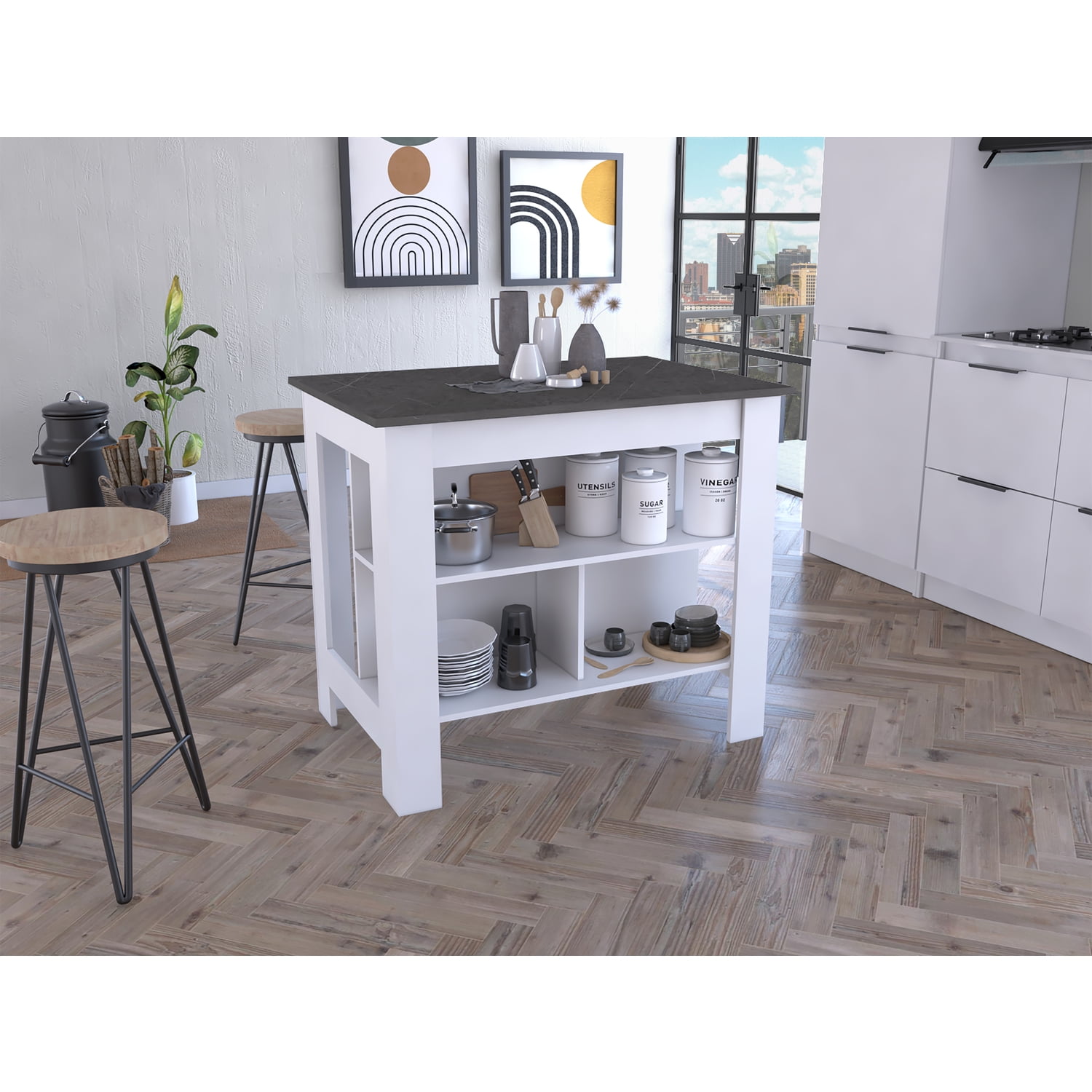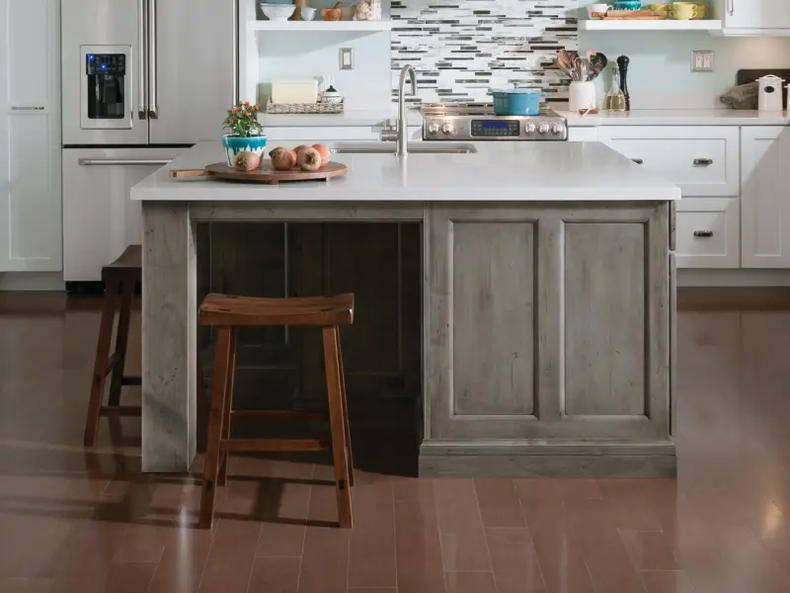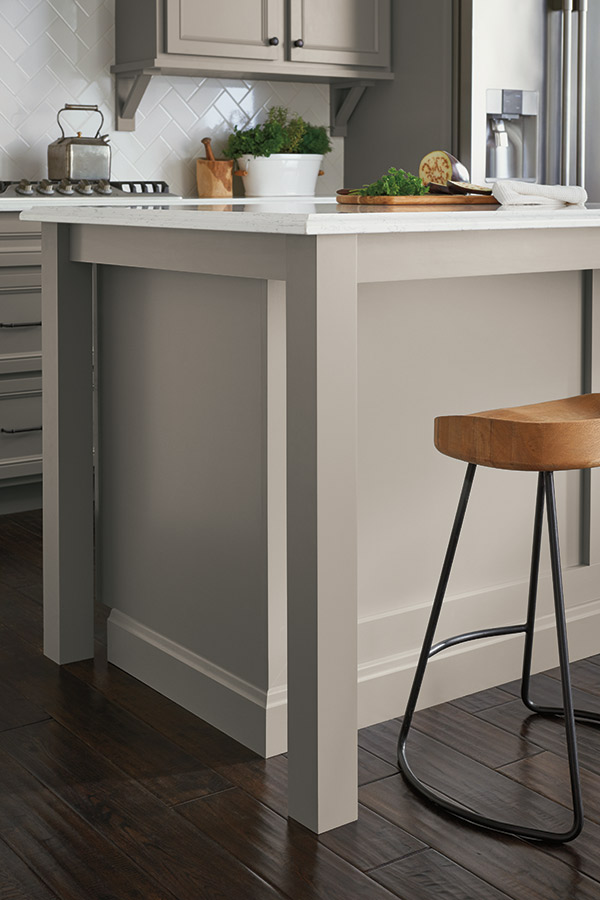Attain an Innovative Appearance Making Use Of Ornate Legs For Kitchen Island Styles
Attain an Innovative Appearance Making Use Of Ornate Legs For Kitchen Island Styles
Blog Article
Important Aspects to Take Into Consideration When Choosing Legs For Kitchen Area Island
Selecting the appropriate legs for a kitchen island includes a mindful assessment of numerous variables that can significantly affect both performance and visual appeal. As we check out these components, it comes to be clear that each choice can have far-reaching effects for the total kitchen experience.
Material Options
When picking legs for a kitchen island, comprehending the different product choices is necessary for attaining both aesthetic allure and architectural integrity (Legs For Kitchen Island). The choice of material substantially influences not only the sturdiness of the island yet likewise its general style and capability
Timber is a preferred choice, supplying heat and adaptability. Strong woods, such as oak or maple, offer strength and can be stained or painted to match the kitchen area style. Steel legs, frequently made from stainless steel or wrought iron, contribute a contemporary and commercial feel while guaranteeing longevity and security. These materials are immune to wear and can support significant weight, making them excellent for bigger islands.
An additional choice is crafted materials, like MDF or plywood, which can be a lot more economical while still providing a variety of finishes. Nonetheless, they may not give the very same level of stability as solid wood or steel. Materials such as acrylic or glass can produce a modern appearance, though they might call for extra assistance to guarantee stability.
Ultimately, the option of material for kitchen area island legs need to straighten with the wanted capability and the general style of the cooking area.
Style and Design

When taking into consideration style, the shape and finish of the legs are vital. Conical legs can offer a feeling of lightness and elegance, while thicker, a lot more robust legs can convey stamina and stability. Additionally, the coating-- be it painted, tarnished, or all-natural-- must match the cabinets and kitchen counter materials to create a unified look.
In addition, the layout of the legs can likewise mirror individual preference. Customized or ornamental legs, such as those featuring intricate makings or unique geometric shapes, can serve as prime focus, including character and character to the kitchen. Inevitably, the best choice will not only improve functionality yet likewise raise the visual charm, making the kitchen island a standout function of the home.
Elevation Considerations
Choosing the suitable height for kitchen area island legs is essential, as it directly influences both capability and comfort. The standard height for a cooking area island usually ranges from 36 to 42 inches, straightening with common kitchen counter elevations. A 36-inch elevation is ideal for cooking and cooking, enabling comfy usage of cooking area appliances and devices. Alternatively, an elevation of 42 inches is usually liked for islands planned for bar seating, accommodating taller stools and using a casual eating experience.

It is additionally essential to represent users' heights and preferences. Tailoring the height can make certain a comfortable experience for all relative, making the kitchen area island a more practical and enjoyable area.
Weight Assistance
Ensuring sufficient weight assistance for kitchen area island legs is vital for both safety and security and functionality. The cooking area island commonly offers several objectives, including food prep work, eating, and added storage space, requiring a durable support structure. When choosing legs, it is essential to think about the overall weight capacity required based upon the island's intended use and the products that will certainly be put on it.
The option of product for the legs plays a significant function in their weight-bearing capacities. Solid wood, metal, and sturdy compounds generally offer premium stamina compared to lighter products. Additionally, the design of the legs-- whether they are directly, tapered, or have a pedestal kind-- can influence their capability to disperse weight properly throughout the structure.
Additionally, the leg placement ought to Look At This be strategically intended to improve stability. Legs positioned at the edges or with a broader base can better sustain larger lots. Always seek advice from the supplier's specs relating to tons limits to ensure that the legs can sustain the desired weight without jeopardizing safety. In recap, choosing kitchen area click now island legs with ample weight support is vital for producing a secure and practical culinary area.
Installation and Upkeep
Proper installation and upkeep of cooking area island legs are crucial for making certain durability and security. This frequently involves securing the legs to the island base utilizing ideal bolts, ensuring that the legs are level and lined up.
Once installed, regular upkeep is required to preserve the stability and look of the legs - Legs For Kitchen Island. For wood legs, regular cleaning with a moist cloth and application of appropriate wood gloss can prevent moisture damage and maintain their coating. Metal legs might call for a mild cleansing option to eliminate oil and grime, followed by a dry fabric to stop rust formation
Furthermore, evaluate the legs regularly for signs of wear or damages, such as splits or loose joints. Tightening up screws or screws as needed can additionally extend the life expectancy of the legs. By adhering to these installment and maintenance techniques, homeowners can make certain that their kitchen area island remains tough and visually appealing for years to find.
Verdict

Aesthetic comprehensibility is vital in selecting the style and layout of legs for a cooking area island, as these elements moved here substantially influence the general ambiance of the area. Conical legs can offer a sense of agility and sophistication, while thicker, more robust legs can communicate toughness and stability.Selecting the proper elevation for kitchen island legs is vital, as it straight influences both functionality and comfort. In recap, picking cooking area island legs with adequate weight support is necessary for creating a functional and risk-free culinary room.
In final thought, choosing legs for a kitchen area island necessitates mindful consideration of numerous variables, consisting of product choices, style, height, weight support, and installment.
Report this page